Medicaid Accessibility: The Digital Divide
- Angela Novelli
- Aug 4, 2023
- 4 min read
Updated: Jan 30, 2024

During the pandemic, there were many changes made to Medicaid eligibility rules in order to assist those that were affected negatively by the impact of COVID-19. Now that the public health emergency has ended, states are resetting their eligibility requirements. This has caused approximately 3,289,000 Americans to be disenrolled from Medicaid as of July 21, 2023.
For these individuals, it is highly important that they have access to ways to reinstate their healthcare plans. Gaps in coverage or loss of coverage can be highly detrimental; it is essential that the information and understanding of the tools and support that can help this population are accessible.
The Digital Divide Impacts Access to Healthcare
Nowadays, there seems to be a tech-first approach to most aspects of life, including enrolling for Medicaid and other healthcare plans. However, even today, there still remains a large number of people who do not have access to quality internet speeds; there are also those in poverty who have no access to the internet at all. According to a report by the Federal Communications Commission, approximately 19 million Americans still lack access to fixed broadband service at threshold speeds.
The vast majority of those who rely on Medicaid are low-income individuals and families who may not be able to afford internet access, or simply do not have a good connection to the internet where they live. This affects their ability to access records, receive reminders about updating personal information following the Medicaid rules reset, and be able to participate in necessary telehealth services. Without effective access to the web, there is both an accessibility problem and an awareness problem when it comes to receiving news and information about healthcare providers.
How to Improve Accessibility for Affected Populations
While there is no clear solution to the accessibility issue for the individuals and families affected by the digital divide, there are a few ways to make at least a little bit of a difference. Doug Hirsch, co-founder and chief mission officer of GoodRx, shared a few insights into this through MobiHealthNews, which are highlighted below. By finding small ways to improve healthcare accessibility, more individuals might have a greater opportunity to access Medicaid and other services.
Optimizing Sites for Mobile Use
While those enrolled in Medicaid have limited access to the internet overall, many of them are able to use their smartphones in order to access online services. However, the websites that provide information on gaps in coverage or what to do if one loses coverage are not always made to be used easily on mobile devices. These sites that only have a desktop version make it difficult for individuals to use when their only option is their cell phone. Making sure that there are mobile layouts for important websites is a good way to help accessibility for Medicaid enrollees.
Highlighting Trusted Community Organizations
A large number of Medicaid enrollees exist in communities of color where there is low trust in regards to government and healthcare institutions. With limited access to online services, these are primary sources of information about what happens with Medicaid, so it can be hard for these individuals to receive updates. Community organizations that have extensive knowledge about the people that they serve are more trusted by the population. This allows them to ensure that important information about Medicaid is passed on to enrollees so that they do not lose their coverage.
It is also possible for these organizations to provide broadband internet access to their communities so that they can have access to the educational resources and telehealth services that they might need.
Shifting to a Hybrid Approach
While technology can make it easy for individuals to access care and resources, those who cannot obtain these services through the web should still have a way of finding out critical information about their providers. Implementing a hybrid approach for healthcare services is a great way to improve accessibility for everyone. This also includes doctor visits; while telehealth cannot replace in-person visits altogether, it is useful to have access to these services, especially for those with chronic conditions who receive special treatment plans.
Educational content and important updates regarding Medicaid should be available online, but also in physical forms such as newspapers and flyers that are delivered to affected communities. This way, enrollees with limited internet access can still be aware of any action that they have to take in order to maintain their coverage.
It is very important for healthcare and government officials to continue to push for additional solutions for the digital divide that affects millions of Americans. When events like the recent updates to Medicaid occur, it is critical that those impacted can be well informed and take action to solve their issues to maintain their coverage. By addressing the fact that these accessibility issues exist, providers like Medicaid can take necessary steps to make sure that their enrollees have an improved experience.
Sedna Consulting Group has over 15 years of experience working with Medicaid Management Information Systems (MMIS). Sedna provides subject-matter experts (SME), project managers, trainers in contract management, quality assurance, and business analysts across all MMIS modules. Sedna’s past projects and core competencies include helping move MMIS systems from one state to another, providing MMIS training for entire states, and enhancing existing MMIS systems in major metropolitan areas. If any of these sound like something you can use for your business, contact us on LinkedIn or Instagram to learn more.
Sources:





Comments